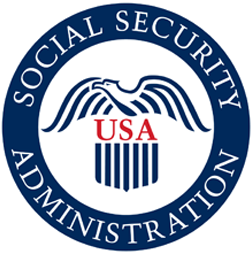Partnership Plus Agreements
Partnership Plus agreements are generally designed to address different phases in the State Vocational Rehabilitation (VR) agency's service delivery process and different aspects of partnering with Employment Networks (EN). Some have a single purpose while others are designed to address multiple purposes. Common provisions found in these agreements include:
- Requiring all beneficiaries to be informed about the Ticket Program, the right to choose a provider, and the option to assign the Ticket to an EN after VR case closure to receive ongoing support after job placement.
- Creating smooth transitions from VR's pre-employment and placement services to an EN's ongoing employment support. Some states use referral forms to facilitate these transitions.
- Promoting informed choice by addressing a beneficiary's right to choose among available ENs for ongoing support after job placement.
- Addressing the coordination of services listed in the beneficiary's Individualized Plan for Employment (IPE) with the ongoing support services outlined in the beneficiary's Individual Work Plan (IWP).
Note: These provisions may also address how the comparable benefits provisions in the VR regulations will be implemented. State VR agencies are not required to provide specific services if comparable services are available through a different funding source. The Ticket may be viewed as a comparable benefit if a needed service is available through an EN that has the beneficiary's Ticket assignment. - Facilitating access to certified work incentives planners for timely and accurate information on Social Security work incentives.
- Creating formal referral mechanisms designed to provide beneficiaries on a wait-list for VR services (under an Order of Selection) the option of seeking assistance from an EN. For example, notifying beneficiaries about the availability of EN services including provisions for the EN to un-assign the Ticket when the beneficiary is being taken off the VR agency's wait-list and moved into service status.
- Establishing procedures for sharing information on beneficiary service needs, earnings, etc., contingent on the beneficiary's signed consent.
- Offering post-employment benchmark payments to ENs that provide ongoing support after VR case closure that results in the beneficiary achieving specified outcomes in terms of work and earnings:
- Standard fee-for-service post-employment payments made to a service provider as compensation for a particular service or set of services at an approved hourly or unit rate.
- Post-employment benchmark payments made when the EN provides ongoing support resulting in the beneficiary achieving multiple months of SGA level earnings.
Example: A benchmark payment of $1000 is made when the EN's services result in the beneficiary achieving 8 months of SGA level earnings, assuming that the beneficiary will continue working at this level for at least one more month. Making a benchmark payment after the 8th month of SGA earnings allows the VR agency to include the payment in its CR claim as payment for post-employment services.
- A combination of fee-for-service post-employment payments and a benchmark payment.

